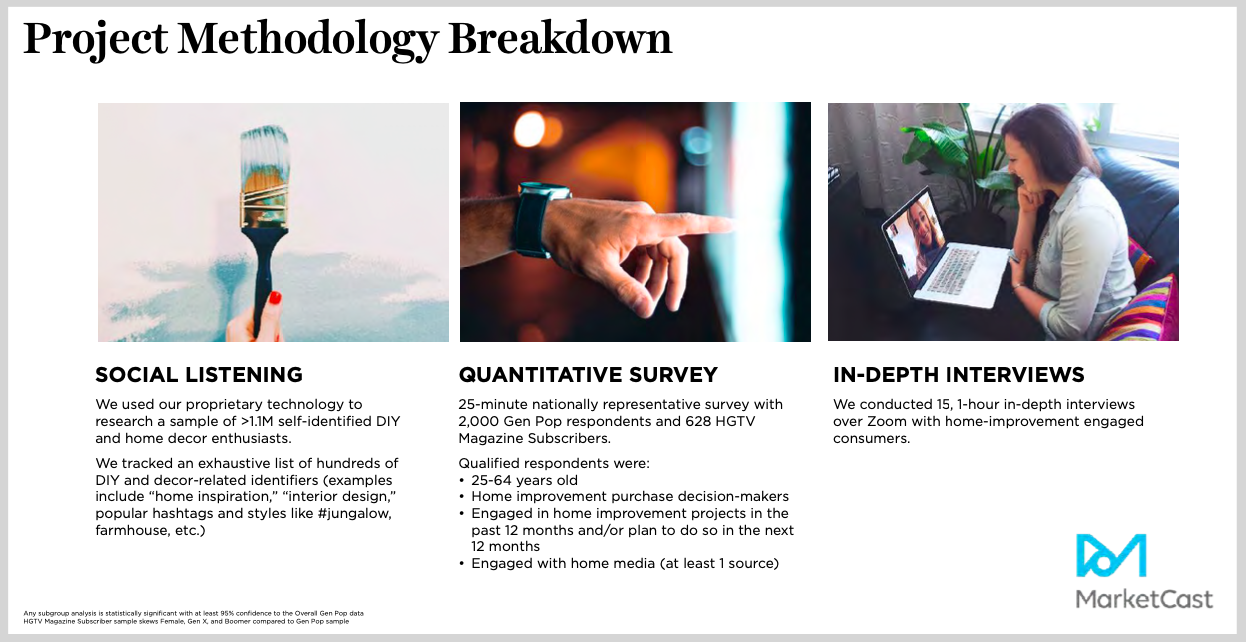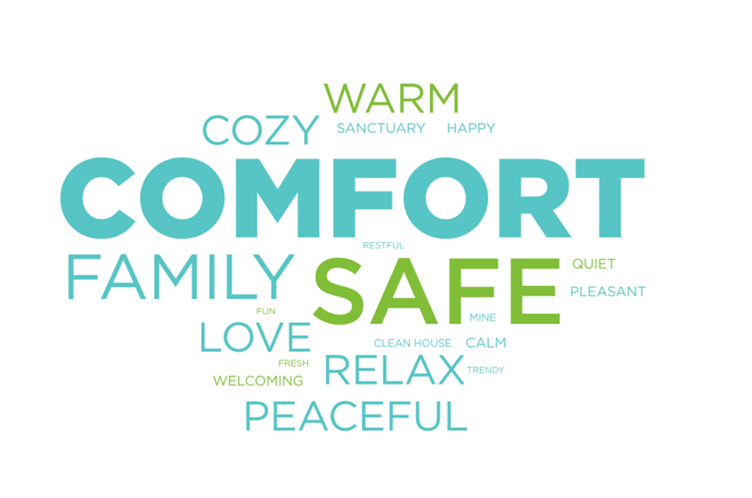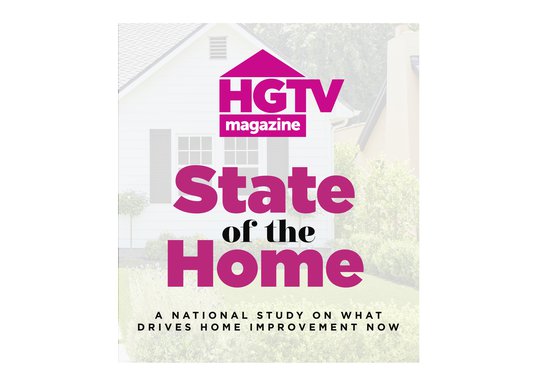Author|Charlene Weisler
Source: www.mediavillage.com, March 2021
A landmark study from HGTV Magazine, owned by Hearst Magazines, illustrates the shifting role of where we live: While home used to be where you returnafter experiencing the world outside, today the world is experienced through the lens of home. How does that change our priorities, and what new habits will become part of our lives post-pandemic? “We undertook this research to learn consumers’ attitudes about their homes — how their relationship to their spaces has changed over the past year, what motivates their home improvement projects, what (and how) they’re purchasing,” explained Vicki Wellington, senior vice president, group publishing director and CRO, HGTV Magazine.
The study spanned many phases of research, all of which took place between March to October 2020, which gave it extra importance as more people worked from home and sheltered in place. “2021 marks HGTV Magazine’s 10th birthday,” noted Wellington, who added, “Between that milestone and the deep appreciation of home as the main backdrop of our lives the past year, it seemed an ideal time to take stock of the State of Home.”
Methodology
HGTV Magazine teamed up with MarketCast, a leading research and social analytics company, for the full range of research included in the study. They surveyed a nationally representative sample of more than 2,600 respondents for a quantitative study, and additionally did a qualitative analysis using social listening technology with a sample of more than 1.1 million self-identified home décor and home project enthusiasts, conducting one-hour in-depth digital interviews with select survey respondents.

Study Takeaways:
Generational Differences – There were surprising conclusions based on respondents’ age brackets. Millennials, for example, over-indexed on anxiety and worry compared to all respondents. However, they were more likely to love doing DIY projects and to taking on updating outdoor spaces, which provided a sense of being in control. The study also showed that generations had very different views on technology. “Gen X and Boomers embraced smart home technology primarily for safety, while Millennials turned to it for efficiency and entertainment. Boomer smart home tech mentions were +30% compared to Gen Z and Millennials,” noted Maria Maione, senior research manager at MarketCast.
DIY As the New Home Entertainment – “We expected an uptick in DIY, but it emerged strongly as the new form of home entertainment during the pandemic — not only for its practical results, but also for the sense of accomplishment it provided, especially for those completing a creative project with family members,” Maione added. The DIY sales surge has been documented; NPD Group reports that home improvement activity has increased dramatically, with 40% of consumers stating that they plan to continue home projects beyond 2020.
A Return to In-Store Shopping – 7 in 10 respondents believe they’ll purchase home items in-store in 2021, reflecting a desire to return to a level of normalcy as well as a wish for inspiration at retail with store design/merchandising. Interestingly, “even during the pandemic, flooring, paint and major appliances were predominantly in-store purchases,” stated Maione.
The Joy of Sheltering in Place – The pandemic has obviously increased consumers’ desire for more DIY and home decorating. “There’s no question that having four walls ‘staring at us’ (as one respondent described it) and our desire for comfort has had an impact,” explained Wellington. Painting walls was #1 on respondents’ to-do list, and people crave warm and inviting colors, like warm greens, browns and deep blues (social mentions of those hues went up +44% year-over-year).
Home Centricity and Its Spending Are Here to Stay – The behaviors that will likely stick are rooted in freedom to change up one’s space more often—to see home as a blank canvas — and the transformation of small changes that make a big impact. Mini-makeovers have long been one of HGTV Magazine’s key strengths, and a major theme that promises to continue.
The Power of HGTV Magazine – “While we expected the percentage of HGTV Magazine readers who took action after reading the magazine to be high, 93% was extremely high! With 11 million readers, that translates to a lot of buying power,” stated Wellington. “Readers appreciate the curation that print brings, and its tangibility to save ideas for future projects.”
Advertisers Have an Opportunity
The rise of the domestic environment holds great potential for advertisers who can tap into the current zeitgeist. “A publication like HGTV Magazine is very relevant right now. It’s a combination of our incredible brand, the fact that we’re the fastest growing home/lifestyle magazine in the past five years, our upbeat advice and easy ways to make your home your happy place,” concluded Wellington. There are great rewards for advertisers who tap into this enthusiasm.

Above: A word cloud from respondents when asked the question: “What are three words you associate with the idea of home?”
For more information about HGTV Magazine’s State of Home research, please contact Associate Publisher Carrie Cullen at CCullen@hearst.com.
Click the social buttons to share this story with colleagues and friends.
The opinions expressed here are the author’s views and do not necessarily represent the views of MediaVillage.com/MyersBizNet.

